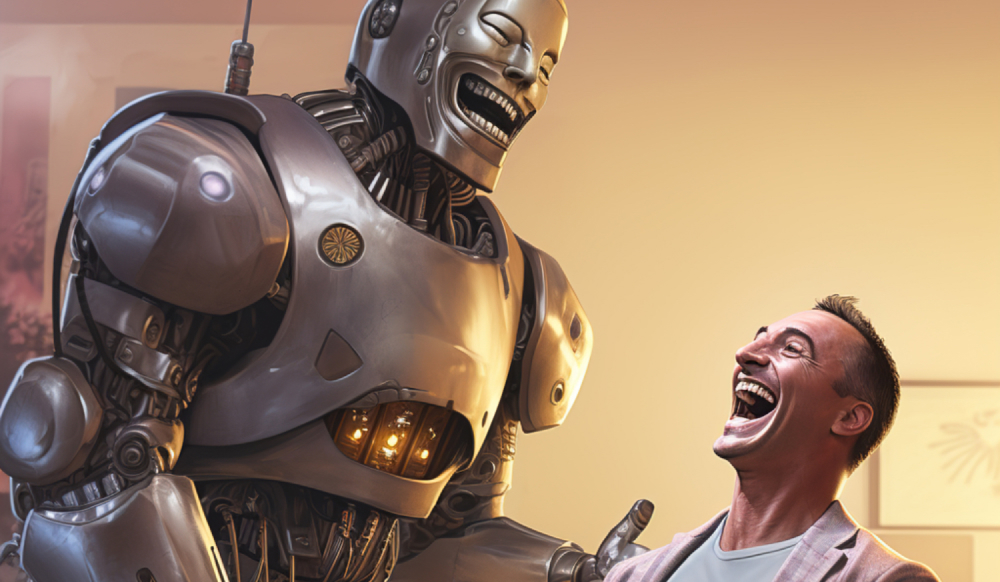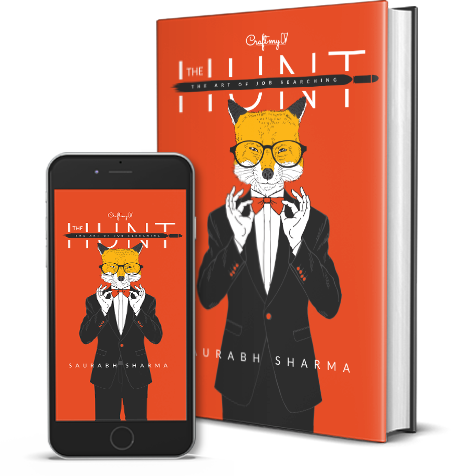Recruitment is the backbone of every organization. The process of finding and onboarding the right talent not only determines a company’s immediate capabilities but also shapes its long-term success. With the advent of artificial intelligence (AI) in recruitment, questions about human vs. AI recruiters have taken center stage.

Will AI replace human recruiters? Or will it act as an ally to revolutionize the hiring process? This article delves into the dynamics of human vs. AI recruiters, exploring how collaboration rather than competition can yield superior results.
The Current Landscape of Recruitment
Traditionally, recruitment has been a labour-intensive process. Human recruiters sift through resumes, conduct interviews, and evaluate candidates – all while maintaining communication with hiring managers and potential hires. This approach, while effective in understanding human nuances, is prone to biases, inefficiencies, and scalability challenges.
AI, on the other hand, brings unparalleled efficiency to the table. From automating resume screening to predicting candidate success through data analytics, AI tools are transforming recruitment. Yet, their reliance on algorithms and lack of emotional intelligence raises concerns about their standalone effectiveness.
Strengths of Human Recruiters
Human recruiters possess qualities that are inherently absent in AI systems. Their ability to build relationships, understand cultural nuances, and gauge a candidate’s personality beyond what’s on paper makes them indispensable. Here are some key strengths:
Emotional Intelligence (EQ)
Between human vs. AI recruiters, Human recruiters can read body language, understand emotional cues, and foster trust with candidates. These skills are critical during interviews and negotiations.
Cultural Fit Assessment
While AI can analyze data points to predict job performance, understanding whether a candidate aligns with a company’s culture is often subjective and requires human intuition.
Adaptability
Human recruiters can adjust their strategies based on unique situations, such as addressing a candidate’s concerns or tailoring job pitches to individual motivations.

Complex Decision-Making
Recruitment often involves balancing conflicting priorities, such as budget constraints, team dynamics, and long-term goals. Human judgment excels in navigating these complexities.
Strengths of AI in Recruitment
Artificial intelligence has revolutionized recruitment by optimizing workflows and increasing scalability. Below are some of its major strengths:
Speed and Efficiency
Between human vs. AI recruiters, AI is capable of analyzing extensive numbers of resumes within moments, enabling organizations to fast-track their recruitment processes and focus resources on critical stages of hiring.
Data-Driven Insights
By leveraging advanced algorithms, AI provides actionable insights, identifying candidates whose profiles align closely with job requirements and organizational goals, based on patterns derived from historical data.
Reducing Bias
Properly designed AI systems emphasize objective, quantifiable factors, assisting organizations in creating a more equitable hiring process by minimizing subjective human biases.
Candidate Experience Enhancement
Chatbots and automated communication tools can engage candidates, providing instant responses and updates.
Scalability
AI tools can handle high volumes of applications, making them ideal for large-scale recruitment drives.
Challenges Faced by Human Recruiters
Despite their strengths, human recruiters face several challenges:
Bias
Unconscious biases can influence decisions, leading to less diverse hiring outcomes.
Time Constraints
Screening hundreds of resumes manually is time-consuming and often results in delayed hiring.
Limited Reach
Human efforts alone may not effectively tap into passive talent pools or global candidates.
Challenges Faced by AI in Recruitment
Similarly, AI is not without its limitations:
Lack of Emotional Understanding
Between human vs. AI recruiters, AI cannot assess a candidate’s motivations, aspirations, or personality nuances.
Potential for Algorithmic Bias
If trained on biased data, AI can perpetuate or even amplify existing inequalities.
Over-Reliance on Data
Candidates who excel in unconventional ways may be overlooked due to rigid algorithms.
Ethical Concerns
AI tools must adhere to privacy laws and ensure transparency in decision-making processes.
Collaboration Over Competition: Merging Human Expertise with AI in Recruitment
The most successful recruitment strategies combine the strengths of human recruiters and artificial intelligence. Here’s a breakdown of how this synergy works:
Efficient Screening
Between human vs. AI recruiters, AI efficiently handles the initial stages of resume screening, freeing up recruiters to focus on tasks like conducting interviews and building meaningful relationships with candidates.
Informed Decision-Making
AI provides data-driven insights and recommendations, which recruiters can complement with their understanding of the candidate’s unique qualities and potential.
Reducing Bias
Between human vs. AI recruiters, AI and recruiters can tackle both unconscious and algorithmic biases. AI can anonymize candidate details during the initial screening, while recruiters ensure fair and inclusive evaluation processes.
Engaging Candidates Effectively
AI-powered chatbots manage routine queries, enabling human recruiters to deliver personalized interactions and a superior candidate experience.
Global Talent, Local Expertise
AI can identify talent across diverse regions, while recruiters evaluate cultural and organizational fit, ensuring a seamless integration into the company’s environment.
Real-World Applications of Human-AI Collaboration in Recruitment
Many companies have successfully blended AI technologies with human expertise to optimize their recruitment strategies. Here are a few examples:
To streamline its hiring process, Top companies employs AI for initial stages such as gamified assessments and video analysis. Once AI narrows down the candidate pool, human recruiters step in to assess soft skills and cultural alignment.
Leveraging its AI platform, Watson, IBM enhances the recruitment process by matching candidates to job descriptions and providing data-backed recommendations. The final hiring decisions are made by human recruiters, ensuring a balance of technological precision and human judgment.
AI chatbots at Hilton manage candidate engagement, answering queries and scheduling interviews. This allows human recruiters to dedicate their efforts to conducting in-depth evaluations and making informed hiring decisions.
Preparing for the Future of Recruitment
To maximize the potential of AI-human collaboration, organizations must:
Invest in Training
Equip recruiters with the skills to effectively use AI tools and interpret their outputs.
Focus on Ethical AI
Ensure AI systems are transparent, fair, and compliant with legal standards.
Foster a Collaborative Culture
Encourage recruiters to view AI as a partner rather than a threat. It’s not Human vs. AI Recruiters, it is Humans using AI for recruiting to the max.
Continuously Improve Algorithms
Regularly update AI tools to address biases, improve accuracy, and align with evolving business needs.
Conclusion
Rather than viewing human vs. AI recruiters, the focus should be on how the two can complement each other to transform recruitment processes. AI excels at automating time-consuming tasks and delivering data-based insights, enabling recruiters to channel their efforts into personalizing candidate interactions, assessing potential, and making strategic hiring decisions.
This collaborative approach paves the way for a recruitment future where human creativity and empathy align with AI’s efficiency and precision.
Together, they can create a hiring process that is not only faster and more effective but also equitable and engaging for everyone involved. In today’s dynamic talent landscape, this partnership is the key to long-term success.
Also read: Bridging the critical AI Talent Gap: 6 Approaches to Hiring and Retaining Skilled Professionals

Leave a Reply